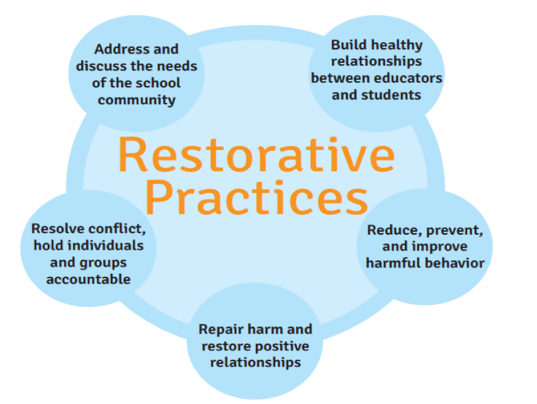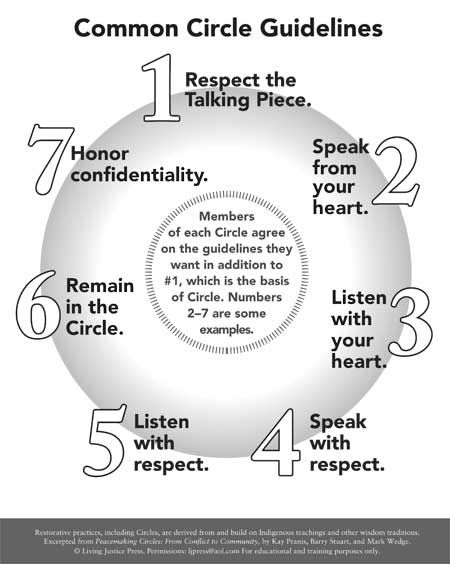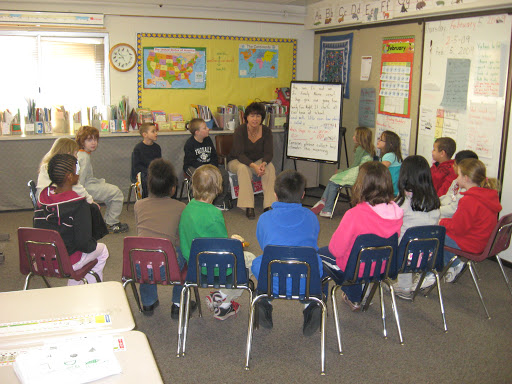Fillmore School Counselors' Page
Page Navigation
Restorative Practices / Restorative Circles

-
"Restorative practices strengthen students' connections to both staff and other students, and that's why restorative practices support both prevention and response. ... Repairing harm and restoring relationships after transgressions helps keep students connected to a positive school community." -
Why Restorative Practices Benefit All Students | Edutopia www.edutopia.org › blog › why-restorative-practices-ben...

-
Fillmore Elementary is a Restorative Practices school. Restorative Practices in schools is defined as ". . . a strategy that seeks to repair relationships that have been damaged, including those damaged through bullying. It does this by bringing about a sense of remorse and restorative action on the part of the offender and forgiveness by the victim." -
Restorative practice - Department of Education www.education.vic.gov.au

-
Teachers forms circles in their classrooms and build class communities by conducting conversations on what students like, what they did during the weekend, how they feel about their day, etc. Students share their thoughts while other students listen respectfully, taking turns until each person has had a turn to share (students and teacher). Restorative Circles are conducted generally once a week for 20-30 minutes.
One of the goals of Restorative Circles is to develop student proficiency in conducting circles by themselves. When implemented successfully, students will create circles on their own in common areas, such as the playground, to help resolve conflicts when they do occur.
Students follow the guidelines for conducting Restorative Circles. See the chart to the left.

